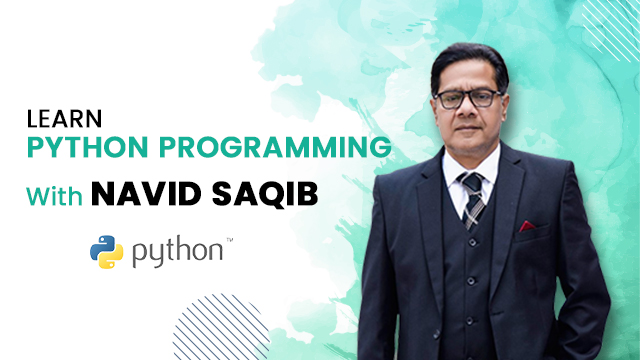Lesson 2: Healthy Practices You Should Maintain in the Course
Reading: Read content other than video.
1-Break Down the Question
Always divide a question into smaller, manageable parts.
This helps in understanding the concept easily instead of feeling overwhelmed.
2-Identify the Core Concept
Focus on the main idea behind the question.
Highlight all the important points given in the question statement.
3-Locate Variables and Constants
Carefully spot variables, constants, and other key elements inside the question.
This step ensures accuracy while writing pseudocode or program code.
4-Follow the Four-Stage Rule
Solve every question by applying these stages:
Setting and Declaration
Input
Process
Output
5-Write in Both Pseudocode and Program Code
For better practice, always write solutions in both pseudocode and the actual programming code.
This parallel practice builds strong problem-solving and coding skills.
Press the “Mark as Complete” button to finish the lecture.

